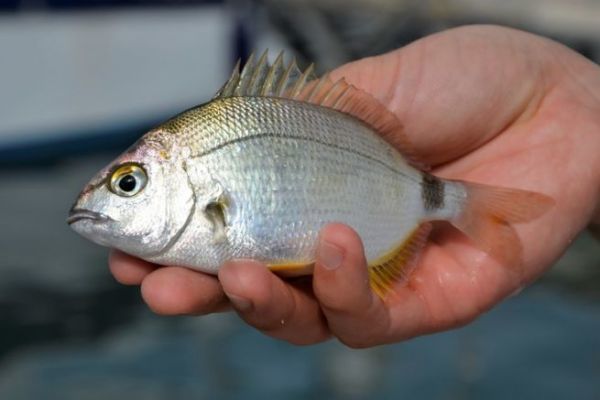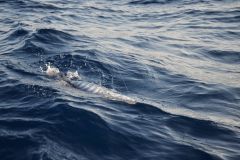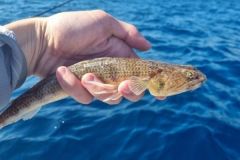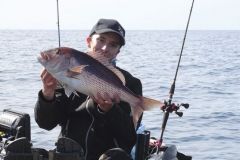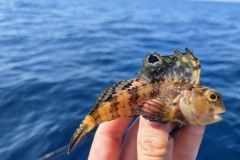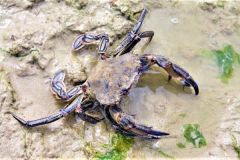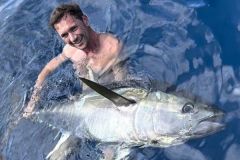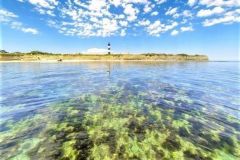Introducing the sparaillon
With its scientific name diplosus annularis, the sparrow has yellow pelvic fins and an almost complete black ring around the tail, making it easy to distinguish. A member of the Sparidae family, the Pataclet has silvery-gray flanks and yellow highlights. When fully grown, it can exceed 20 centimeters. Despite its small size, it has sharp incisors that enable it to crush shellfish and various crustaceans.
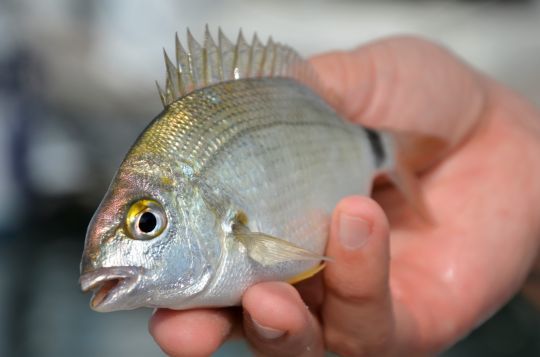
Habitat and behavior
The sparaillon is especially common in areas close to Posidonia meadows. It can also be found on rocky bottoms and near harbours. This fish is present from the first few meters and occasionally evolves beyond a depth of 20 meters. A diurnal fish, the limpet feeds mainly on worms, small crustaceans and molluscs.
Sparaillon or pataclet fishing

This small sparid is difficult to target, as it often competes with rockfish and other sparids. It is mainly caught on longlines or from a boat. Sparaillon can be fished with a variety of baits, worms, shrimp pieces or shellfish.
It's also possible to rockfish with small soft lures or worm imitations mounted on a fine, gliding sinker. Near harbours, the sparaillon can also be caught with bread or dough. A small, opportunistic and voracious fish to be caught from the shore or from a boat.
Note that the legal size for catching sparaillon or pataclet is 12 centimeters, so remember to release juvenile fish.

 /
/ 